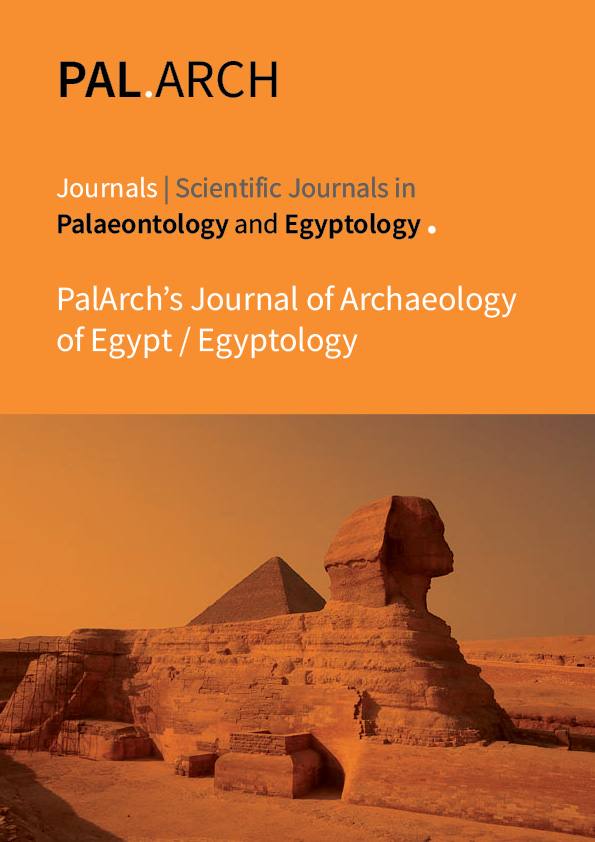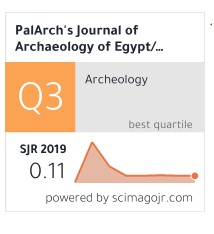ROYAL SARONG OF LAOS LUANG PRABANG: SOCIAL AND CULTURAL ROLES AS A WORLD HERITAGE CITY
Abstract
This article is a part of the research on the royal sarong of Laos Luang Prabang: social and cultural roles in Luang Prabang as a world heritage city. The objective of this qualitative research was to study social and cultural roles of sarong of the royal court of Luang Prabang as a world heritage city. Data were collected by studying the documents and conducting the field visits for interviewing the groups of experts, practitioners and related persons. The collected data were then analyzed through the relevant theoretical framework using descriptive analysis method.
The findings were as follows:
The social and cultural roles as a world heritage city indicated the social aspects consisting of 1) sarong for trade – it was produced and used as sarong products, artworks, exhibition purpose, and community products, and 2) sarong for social standing – it was used as the dress of Luang Prabang hi-class women, Luang Prabang female civil servants, Lao flight attendants, female bank staff, and as the costume for Miss Luang Prabang beauty contestants. In terms of the cultural aspects, on the tradition aspect, sarong was used as the costume for Nang Sangkhan (Miss New Year Queen) and participants in the parade of Songkran festival and wedding ceremonies.



